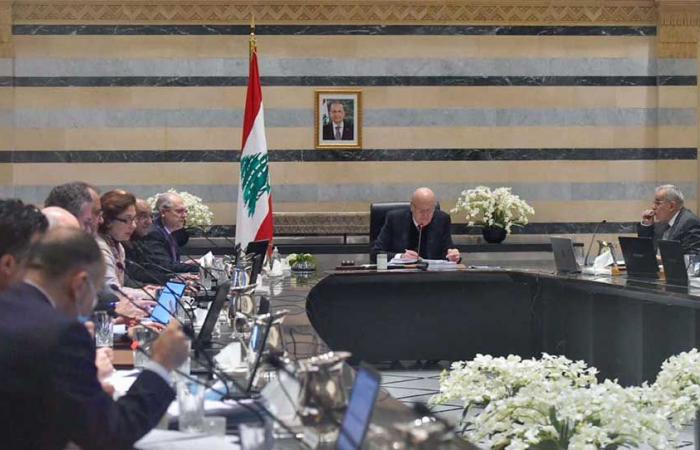DUBAI/BEIRUT – Reuters: A government plan to tackle Lebanon’s financial crisis, seen by Reuters, expects to devalue the Lebanese pound by 93 percent and convert the bulk of hard currency deposits in the banking system into the local currency.
Of the $104 billion in hard currency deposits, the plan expects to return only $25 billion to depositors in US dollars, with most of the remainder converted to sterling at several exchange rates, one of which would forfeit 75 percent of the value of some deposits.
The plan sets a 15-year time frame for reimbursing all depositors.
The World Bank described Lebanon’s crisis as one of the worst recessions in world history. Most of the depositors’ funds in US dollars have been frozen since October 2019. During this period, the lira lost more than 90% of its value.
Having a fiscal plan is crucial if Lebanon is to secure an International Monetary Fund bailout, which is widely seen as the only way for it to chart a path out of the crisis.
Lebanon began talks with the IMF last week. The plan, which is based on September 2021 data, foresees an exchange rate of 20,000 pounds to the dollar, compared to the official rate of 1,500 pounds, which the government has yet to adjust even with the Central Bank of Lebanon implementing a set of higher rates. The unification of the exchange rate is one of the recommendations of the International Monetary Fund.
Over the past weeks, the intervention of the Central Bank of Lebanon has boosted the lira to 21,500 from a low of 34,000 last month. The government estimates the total losses in the financial system at 69 billion dollars.
A previous attempt by Lebanon to obtain IMF support yielded nothing in 2020, due to the dispute between the central bank, commercial banks and parties participating in the government over the size of the losses and how they are distributed.
As for this time, the losses will be distributed as follows: $38 billion by depositors, $13 billion by reducing the capital of bank shareholders, $10 billion in permanent government bonds, and $8 billion from the Central Bank.
The plan expects to lose 75% of the value of deposits amounting to 16 billion dollars and accumulated thanks to high interest rates since 2015, by converting them into lira at a price below the market.
Similarly, the plan reduces 40 percent of the value of the $35 billion in deposits, which resulted from converting the lira into dollars at the official exchange rate after October 2019, and also through the conversion to the lira at an below-market rate.
The plan also aims to return $25 billion in hard currency deposits to those who had less than $150,000 in their accounts prior to the crisis. However, those whose account balances ranged between $150,000 and $500,000 will be able to get their full value, but in pounds sterling at the market rate.
Depositors whose deposits exceed $500,000, now estimated at $22 billion, will get stakes in the banking sector worth $12 billion. In addition, they will receive $5 billion in perpetual government bonds in a government asset management firm.
“The 15-year time frame for repayment to depositors is an indication that the country will remain heavily indebted for a long time,” said Mike Azar, an expert on dealing with financial crises. “The consequences are continued uncertainty, lower confidence, and lower economic growth,” he added.
The plan indicates that the money supply is expected to grow in pounds, “which leads to a significant increase in the narrow concept of money supply, and this means that the risks of inflation are great.”
According to the plan, “high inflation will undermine all efforts to restore deposits at their real value, and the purchasing power of depositors will decrease.”
By addressing long-term inflation, which has already risen with the collapse of the lira, the plan suggests that interest rates can be a powerful tool once the credibility of the financial sector returns.
But the plan indicated that interest rates are currently ineffective due to the “lack of confidence” in the central bank and banks. She added that the gold reserves with the central bank could be an “exceptional tool for stabilizing the value of the lira, if it can be exchanged for the lira.”
These were the details of the news Lebanon: A government plan to address the financial crisis includes a... for this day. We hope that we have succeeded by giving you the full details and information. To follow all our news, you can subscribe to the alerts system or to one of our different systems to provide you with all that is new.
It is also worth noting that the original news has been published and is available at saudi24news and the editorial team at AlKhaleej Today has confirmed it and it has been modified, and it may have been completely transferred or quoted from it and you can read and follow this news from its main source.

